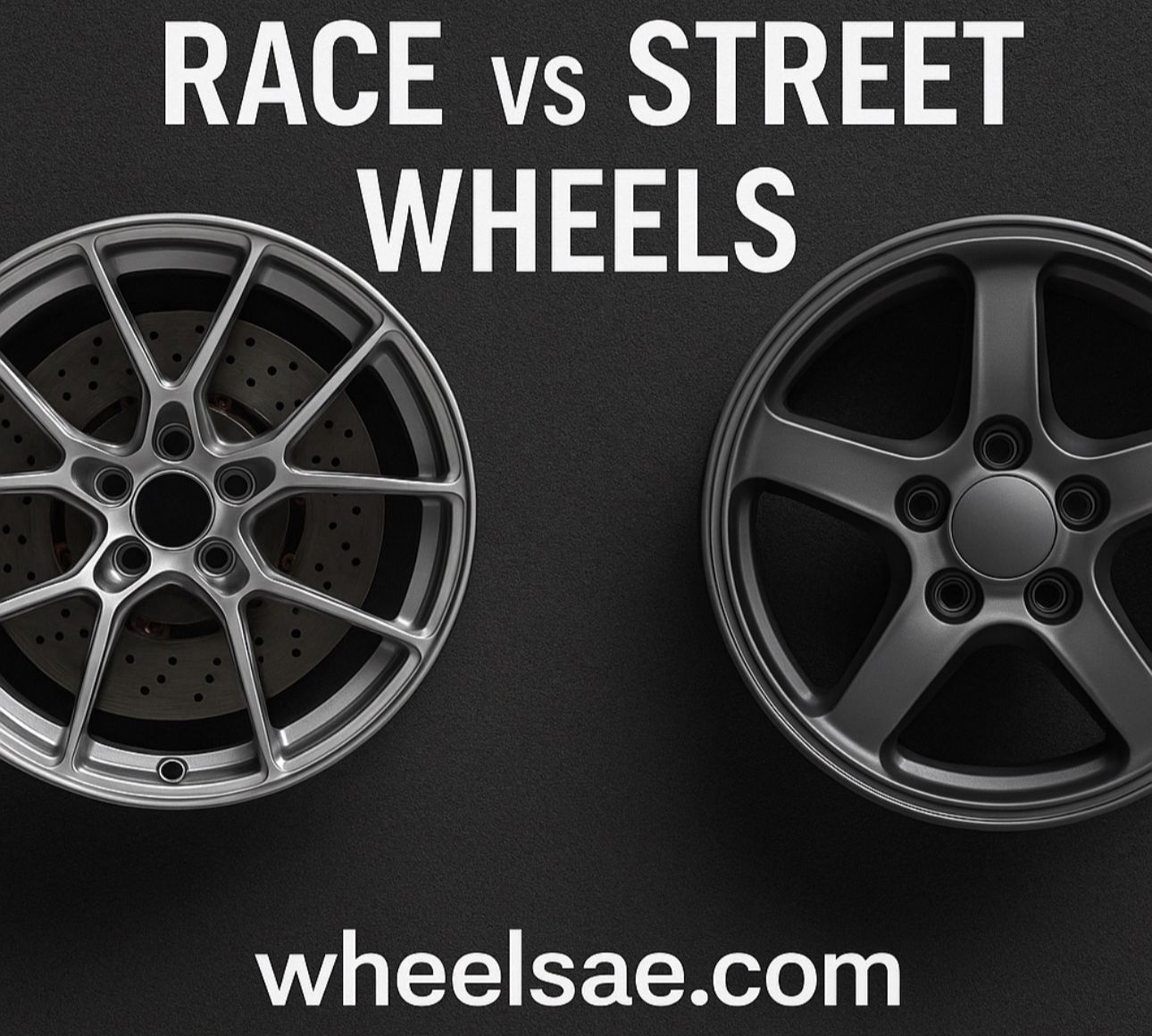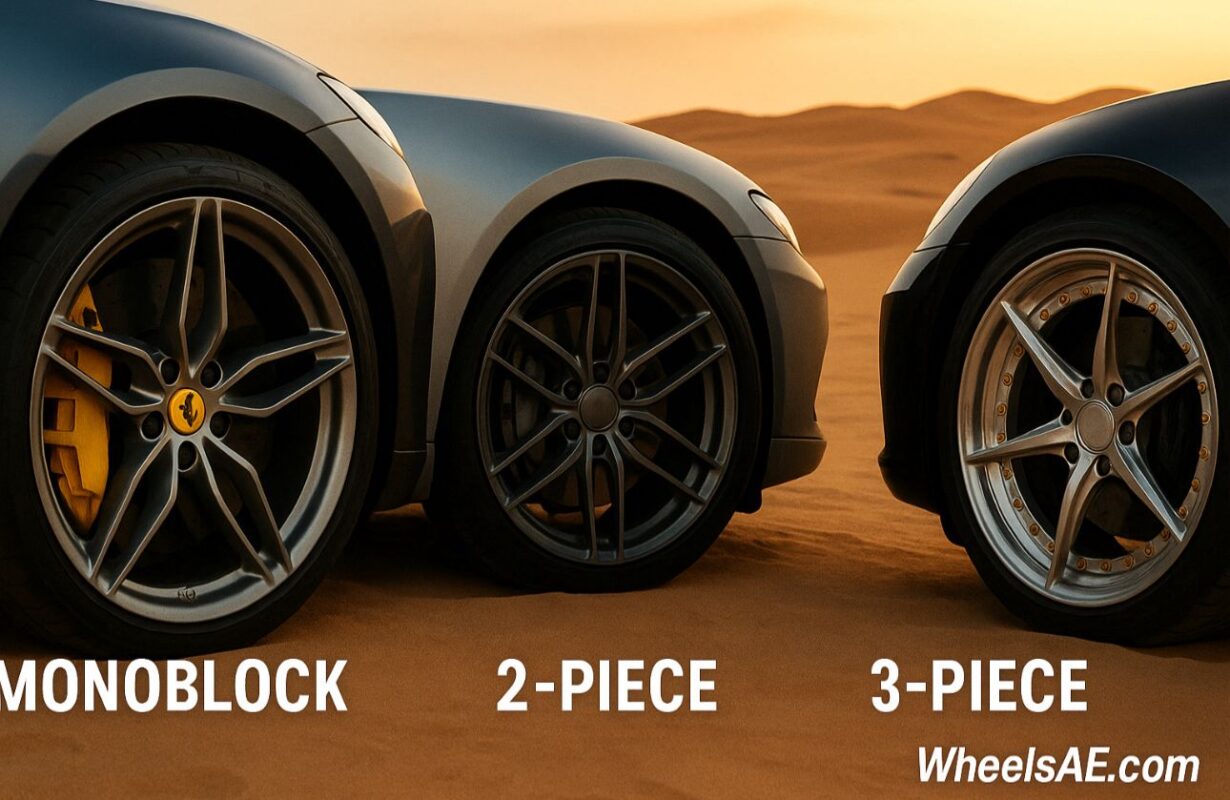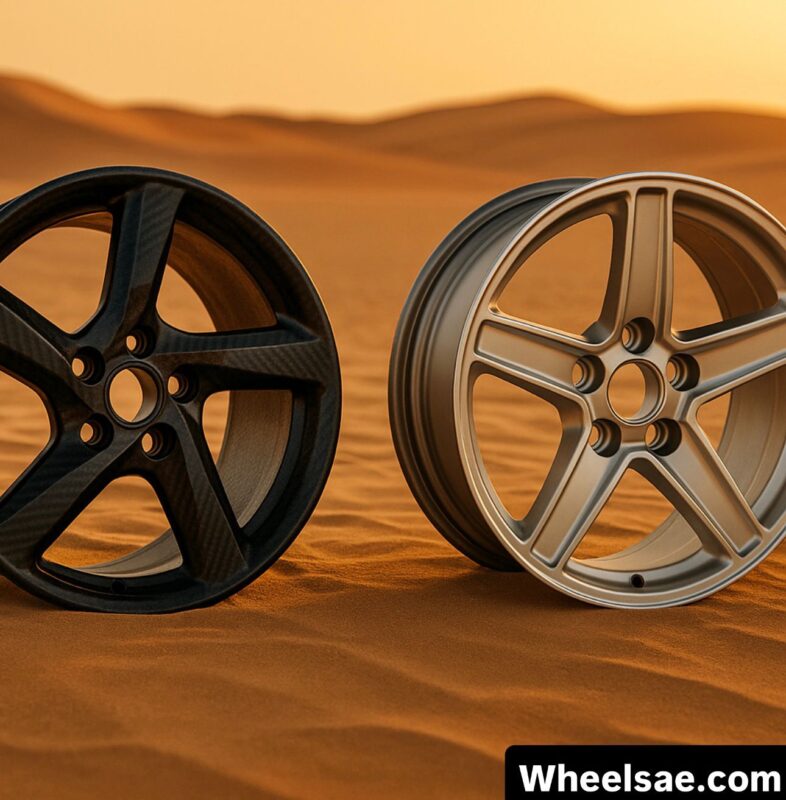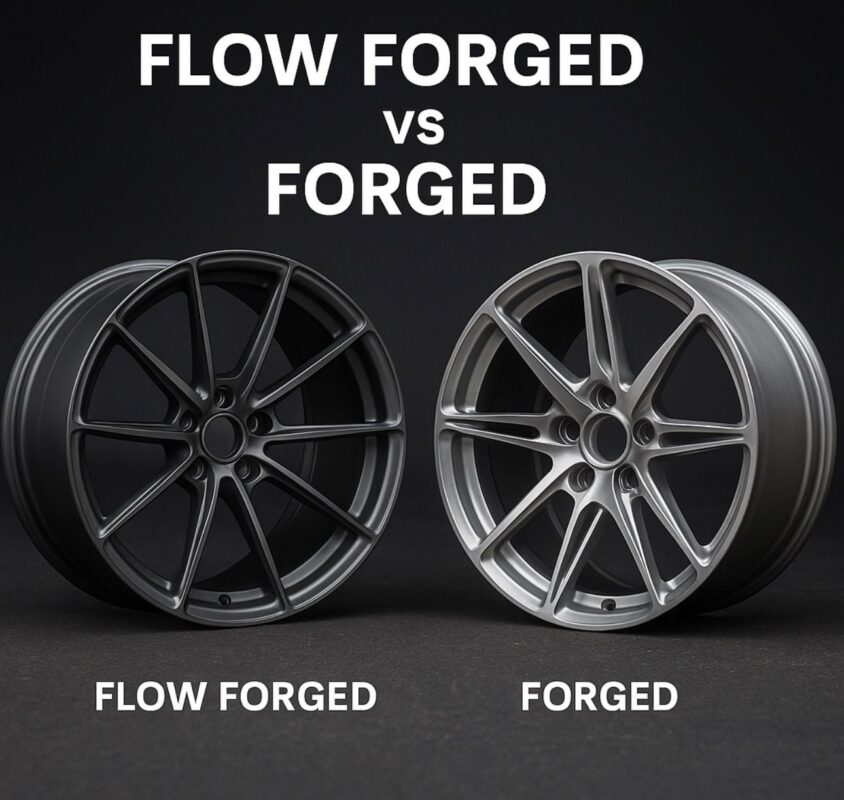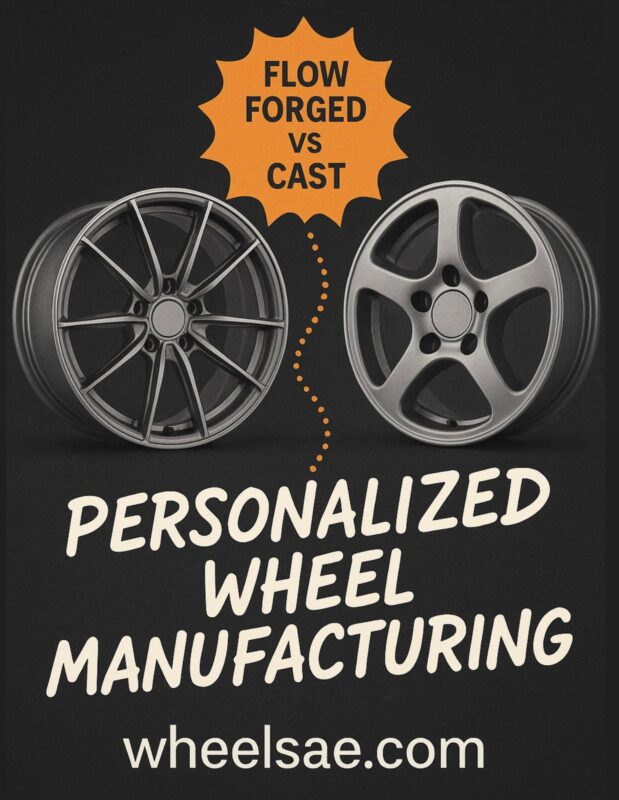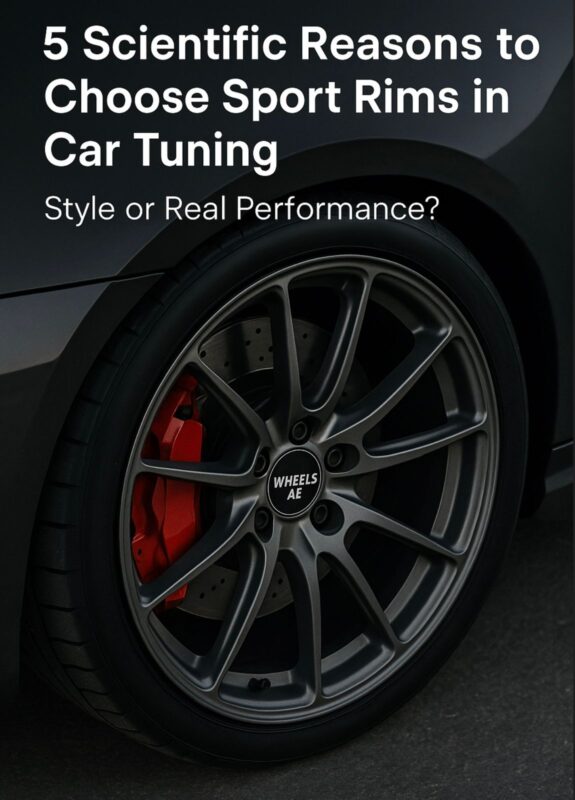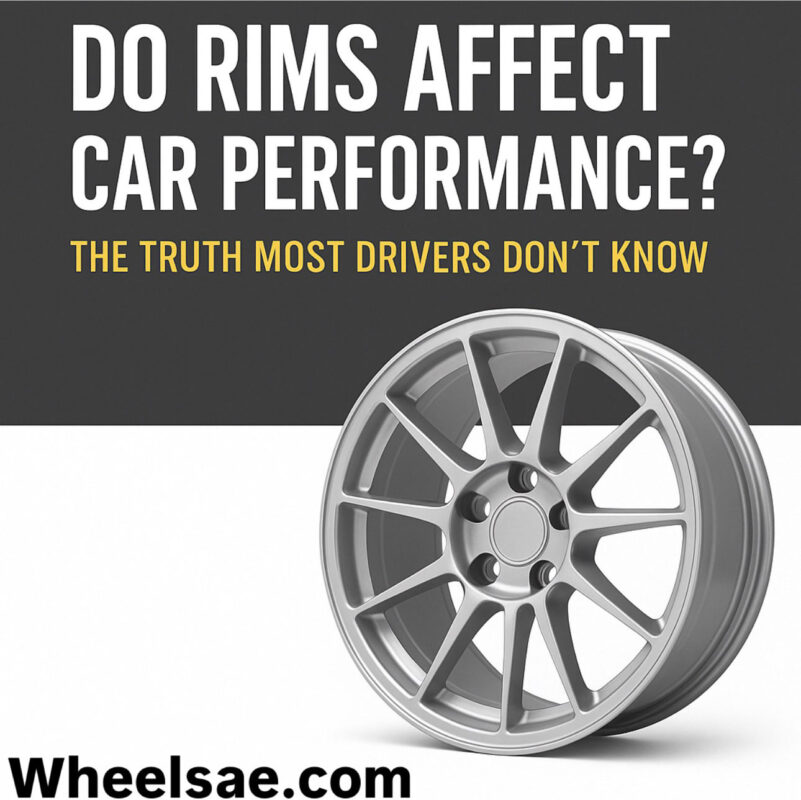Race vs Street Wheels – Which One Should You Choose for Your Car?
🏁 Introduction: More Than Just Looks
When it comes to upgrading your wheels, the first thing most drivers think about is size and style. But if you’ve ever dived deeper into performance builds or track setups, you’ve probably seen the debate: race vs street wheels. While both may look similar at a glance, they’re engineered for entirely different worlds — one for controlled racing environments, the other for daily roads filled with potholes, heat, and speed bumps.
So what truly sets race wheels apart from street wheels? Let’s break down the differences in design, materials, weight, durability, and purpose — so you can decide which one belongs on your ride.
⸻
⚙️ 1. Purpose and Application
The core difference between race vs street wheels lies in their intended use.
• Race wheels are built for maximum performance on track. Lightweight, stiff, and often not designed for potholes or curbs, they prioritize agility and heat management over comfort.
• Street wheels are built for daily use. They’re engineered to handle road hazards, last longer, and be more forgiving with ride quality and weight.
Simply put: Race wheels give you speed. Street wheels give you survival.
⸻
🧱 2. Construction & Materials
Race wheels are usually forged using high-pressure manufacturing, resulting in ultra-strong, lightweight structures with minimal material.
• Common materials: Forged aluminum, magnesium alloys (rare), or flow-formed aluminum
• Many race wheels are monoblock or multi-piece for flexibility on race setups.
Street wheels, while also available in forged versions, are more often cast aluminum (for affordability) or flow-formed as a balance between strength and price.
• They include more structure to withstand daily abuse, temperature shifts, and long-term wear.
• Weight savings aren’t the only concern — durability and design options matter more.
⸻
⚖️ 3. Weight and Performance
One of the biggest advantages of race wheels is weight reduction.
• Lower unsprung weight = better acceleration, braking, and handling.
• Race wheels are often 3–5 kg lighter per corner compared to equivalent-size street wheels.
• Every gram counts on the track, where lap times matter.
Street wheels prioritize looks, longevity, and road comfort over shaving grams. A heavier wheel might reduce agility but increases strength and peace of mind for daily use.
⸻
🔧 4. Fitment, Stiffness & Tolerances
Race wheels are typically:
• Designed with precise tolerances for track suspension systems
• Engineered to be stiff under high G-forces, with minimal flex
• Built in fitments that support wide tires, negative offsets, and racing brakes
Street wheels have wider compatibility, often made for multiple vehicle platforms, with allowances for less aggressive fitments. They’re designed to work with OEM brake clearance, standard hubs, and daily-driving geometry.
⸻
💥 5. Durability & Impact Resistance
Race wheels are not built to survive potholes, rough asphalt, or curbs. They assume a flat, controlled track — which means they can crack or bend more easily on rough roads.
Street wheels, on the other hand, are:
• Designed to absorb more impact
• Tested under different heat cycles, weather conditions, and terrain
• Often more resistant to cracking, chipping, or corrosion
If you’re driving daily in Dubai, Abu Dhabi, or any Gulf city with mixed roads, street wheels are safer and more forgiving.
⸻
💲 6. Cost Differences
Race wheels cost more — not just for the materials, but for the R&D and low production volumes.
• A set of forged race wheels can cost $2,500–$6,000+
• Lightweight, track-rated wheels come at a premium
• But: You pay for lap time, cornering precision, and confidence at 250 km/h
Street wheels range from $800 to $2,500, depending on whether they’re cast, flow-formed, or forged. They offer style, comfort, and safety at a more accessible price.
⸻
🧼 7. Maintenance & Daily Ownership
Race wheels require more frequent checks:
• Bolt torque must be monitored regularly
• Wheels are cleaned and inspected after every race
• Some race wheels have exposed bolts, lip damage, or soft finishes that need care
Street wheels are designed to be cleaned quickly, handle automatic car washes (if needed), and require far less attention day to day.
⸻
🎯 So, Which One Should You Choose?
Choosing between race vs street wheels depends on how you drive — not just what you drive.
Go for race wheels if:
• You regularly track your car or drift
• Every kilogram of unsprung weight matters
• You’re willing to invest in maintenance, tires, and risk
Stick to street wheels if:
• You drive daily on public roads
• Durability, comfort, and low maintenance are priorities
• You want stylish wheels with real-world practicality
⸻
🛞 WheelsAE Recommendation
At WheelsAE, we offer forged wheels for both street and track applications. Whether you need a set of lightweight racing wheels for your weekend GTR or rugged daily wheels for your Tesla or Lexus, our inventory includes:
• Forged Monoblock Wheels
• Track-Rated Lightweight Designs
• Show-Ready Multi-Piece Rims
• RTA-compliant sizing and fitment for UAE roads
👉 Browse Forged Wheels for Racing & Street Use: https://wheelsae.com/
https://www.instagram.com/wheels__ae/
⸻
🔚 Final Thoughts
The debate of race vs street wheels isn’t about which is better — it’s about choosing the right tool for the job.
If you drive on a circuit, build for performance, and push limits, racing wheels give you an edge. But for daily commutes, long drives, and street cruising, nothing beats the peace of mind that tough, stylish street wheels bring.
And if you’re serious about both?
Get one of each. Track-ready by weekend, street-strong by weekday.
That’s the enthusiast’s way.
⸻

